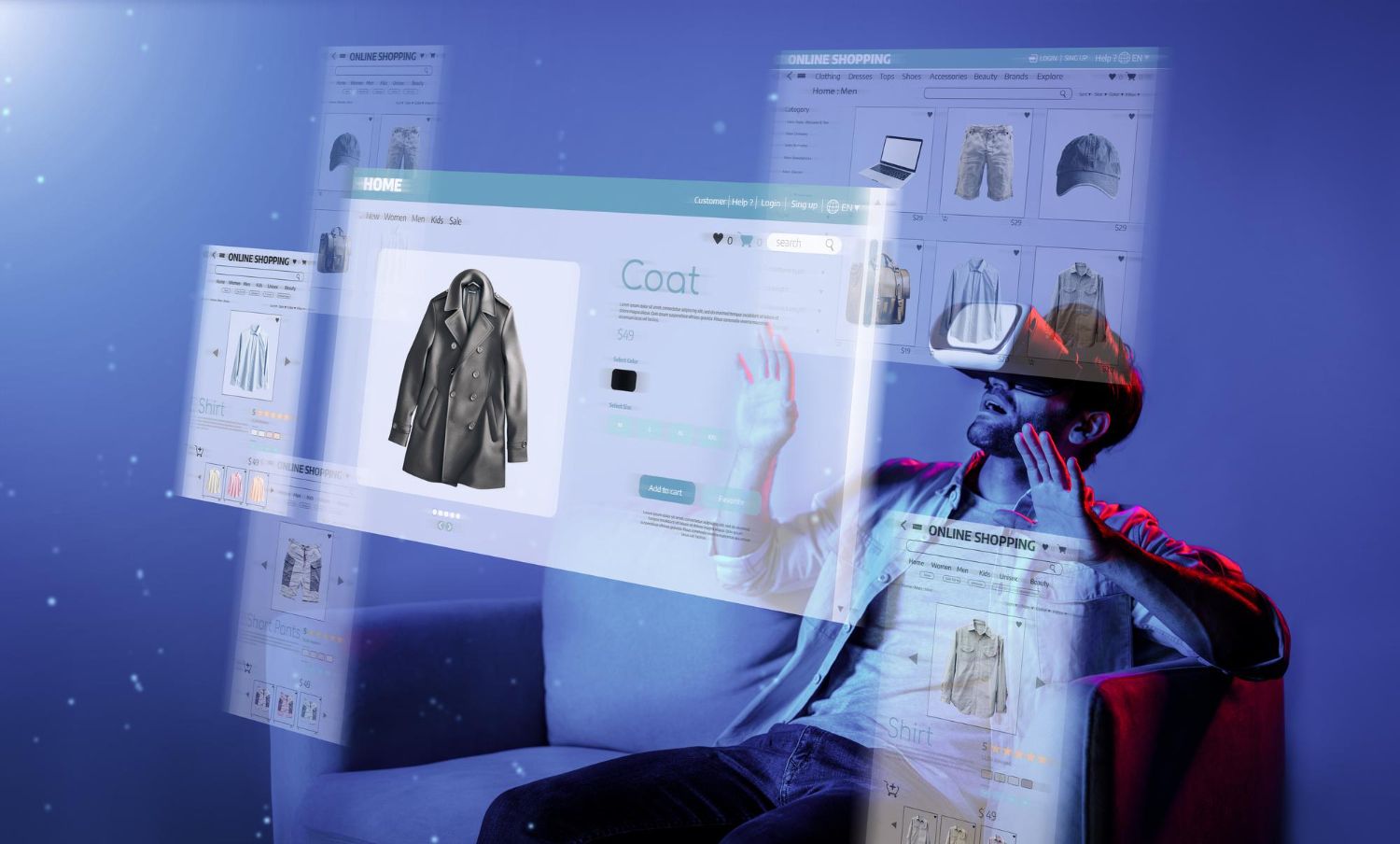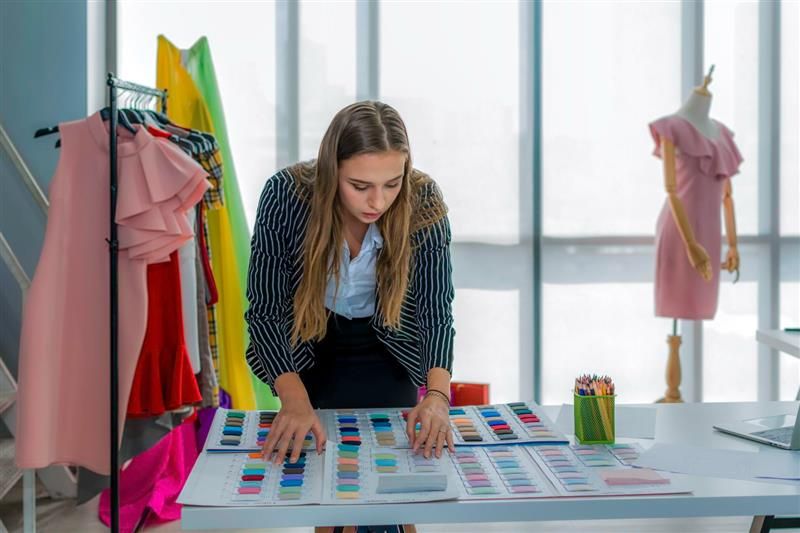How Generative AI Transforms Fashion eCommerce Success

Generative AI is more than just a buzzword — it is a toolkit that drives visual creation, predictive modeling, and personalized engagement. In fashion eCommerce, its impact is visible at every stage of the shopping journey.
From AI fashion product photography that creates studio-grade images in minutes to generative design models that craft fresh apparel concepts, brands are now able to move faster without compromising creativity. What once took weeks in a studio or design department can now be executed with precision in hours.
Moreover, generative AI is making fashion retail less about one-size-fits-all and more about hyper-relevant customer experiences. This shift is critical in a sector where style preferences and body diversity shape buying decisions. With tools powered by generative AI, retailers are not only presenting products but also giving shoppers reasons to stay, engage, and purchase.
Personalized Experiences at Scale
Fashion thrives on individuality. Yet, achieving personalization across thousands of customers used to be resource-heavy and inconsistent. Generative AI changes that by creating experiences that feel tailor-made for each shopper.
AI-driven recommendation engines now predict style preferences based on browsing history, purchase behavior, and even visual recognition of patterns. A shopper who loves minimalistic monochrome dresses can be presented with exactly what resonates with their taste, without endless scrolling.
Virtual assistants powered by AI are also transforming customer interactions. Instead of generic chatbots, they provide styling advice, suggest complete outfits, and even offer AI try on clothes features. This level of personalization not only reduces hesitation but also strengthens brand loyalty.
At scale, personalization powered by generative AI makes every customer feel understood — something physical stores do naturally but eCommerce platforms often struggle with.
Automated Content & AI-Powered Storytelling
In fashion eCommerce, content is king — from product images and descriptions to lookbooks and ad campaigns. Traditionally, creating this content required huge investments in photoshoots, copywriting, and creative production. Generative AI is rewriting the rules.
With AI product photography, brands can generate multiple product angles, lifestyle shots, and even seasonal backdrops without physical shoots. This drastically reduces costs and accelerates time to market. For instance, a new handbag collection can be digitally photographed in Paris, Milan, or Tokyo-themed settings within minutes.
Beyond visuals, AI is contributing to storytelling by generating campaign ideas, taglines, and product narratives. Instead of bland descriptions, product listings can now carry persuasive, stylistic content that resonates with the target audience.
The biggest advantage? Consistency. Generative AI maintains brand tone and quality across thousands of SKUs, something human-only teams often struggle to achieve at scale.
Creativity and Design Innovation in Fashion

Generative AI is also finding its way into design studios, where creativity meets technology. Designers can now feed inspirations — textures, fabrics, cultural elements — into AI systems that generate unique patterns, color palettes, and even entire garment designs.
This co-creation model does not replace designers but acts as a collaborator that expands their imagination. For example, generative tools can create hundreds of variations of a sneaker design in minutes, allowing creative directors to refine and select the best ones.
3D modeling powered by AI is another game-changer. Instead of sketching and sampling repeatedly, designers can visualize garments in hyper-realistic 3D, reducing waste and production costs.
The combination of human creativity with AI-powered innovation ensures that fashion continues to evolve with bold, fresh ideas while staying relevant to changing consumer trends.
Elevating Customer Engagement Through AI Tools
Engagement is the currency of online retail, and generative AI is making it more interactive than ever. Virtual try-on technology is leading this transformation. Customers can see how clothes, footwear, or accessories look on their own body through AR and AI-driven simulations.
Brands using AI try on clothes tools report not only higher conversion rates but also reduced return rates. When shoppers feel confident about fit and style, they are more likely to complete a purchase and keep it.
Interactive lookbooks, AI-powered size assistants, and visual search are other engagement drivers. Shoppers can upload an image of a celebrity outfit and instantly find similar products in the store catalog. This mirrors the in-store experience where sales associates anticipate needs and guide buyers through options.
By making shopping fun, interactive, and confidence-driven, generative AI ensures customers spend more time with a brand and keep coming back.
Operational Efficiency and Business Scalability

Behind the scenes, generative AI is transforming operations and scalability for fashion retailers. Supply chain management, inventory planning, and demand forecasting benefit immensely from AI-driven insights.
For instance, predictive analytics can identify which products are likely to trend in upcoming seasons, helping retailers stock smartly and avoid overproduction. This reduces markdowns and boosts profitability.
AI fashion product photography also plays a crucial role in scaling. Instead of coordinating photoshoots for thousands of products, digital generation allows consistent visuals for every new item, cutting weeks off production cycles.
Additionally, customer service operations are becoming more efficient. AI-powered tools handle routine queries, freeing up human agents for complex issues. This balance drives scalability without compromising service quality.
For growing retailers, these efficiencies are not just cost-saving — they provide the flexibility to expand into new markets faster while maintaining a high-quality shopping experience.
Key Strategies for Successful Implementation
While generative AI offers immense potential, success lies in thoughtful execution. Retailers should start by identifying the most pressing gaps in their customer journey. For many, this begins with visuals — adopting AI product photography for consistent catalogs and immersive shopping.
Partnering with experts is equally important. An AI development company can provide the technical backbone for custom solutions, while a Shopify development company can integrate try-on tools or AI-powered recommendations into existing stores. Choosing the right partners helps avoid pitfalls and shortens the path to results.
Retailers should also focus on mobile-first adoption, since most fashion eCommerce traffic comes through smartphones. Fast loading, intuitive interfaces, and simple calls-to-action are key to making AI-powered features widely used.
Finally, data privacy and transparency should never be overlooked. Customers must feel confident that their images, preferences, and interactions are secure. Trust is as critical to adoption as the technology itself.
The Future of AI in Fashion Commerce
The future of fashion eCommerce is not just about selling products — it’s about creating immersive digital experiences. Generative AI is paving the way for innovations like metaverse shopping, smart mirrors in physical stores, and hyper-realistic digital fabrics that move like the real thing.
As the line between online and offline shopping continues to blur, customers will expect brands to deliver experiences that are engaging, personal, and confidence-driven. From AI fashion product photography to advanced styling tools, generative AI will be at the core of these transformations.
Brands that adopt now position themselves as leaders in innovation, while those that delay risk falling behind in a fast-moving industry. The future belongs to retailers who combine creativity with intelligence to inspire customers and build lasting connections.
FAQs
What is generative AI in fashion eCommerce?
It is the use of AI models to create visuals, designs, and personalized shopping experiences that improve engagement and conversions.How does virtual try-on improve online fashion shopping?
By letting customers see how clothes or accessories look on them before purchase, it builds confidence, reduces returns, and boosts sales.Can smaller fashion retailers adopt generative AI?
Yes. With the help of an AI development company or Shopify development company, even smaller brands can implement cost-effective solutions.What role does AI product photography play in fashion?
It delivers consistent, realistic images of products without physical photoshoots, speeding up catalog creation and reducing costs.What’s next for generative AI in fashion?
Expect hyper-realistic 3D visuals, AI-driven outfit recommendations, and immersive metaverse shopping experiences to shape the future.
